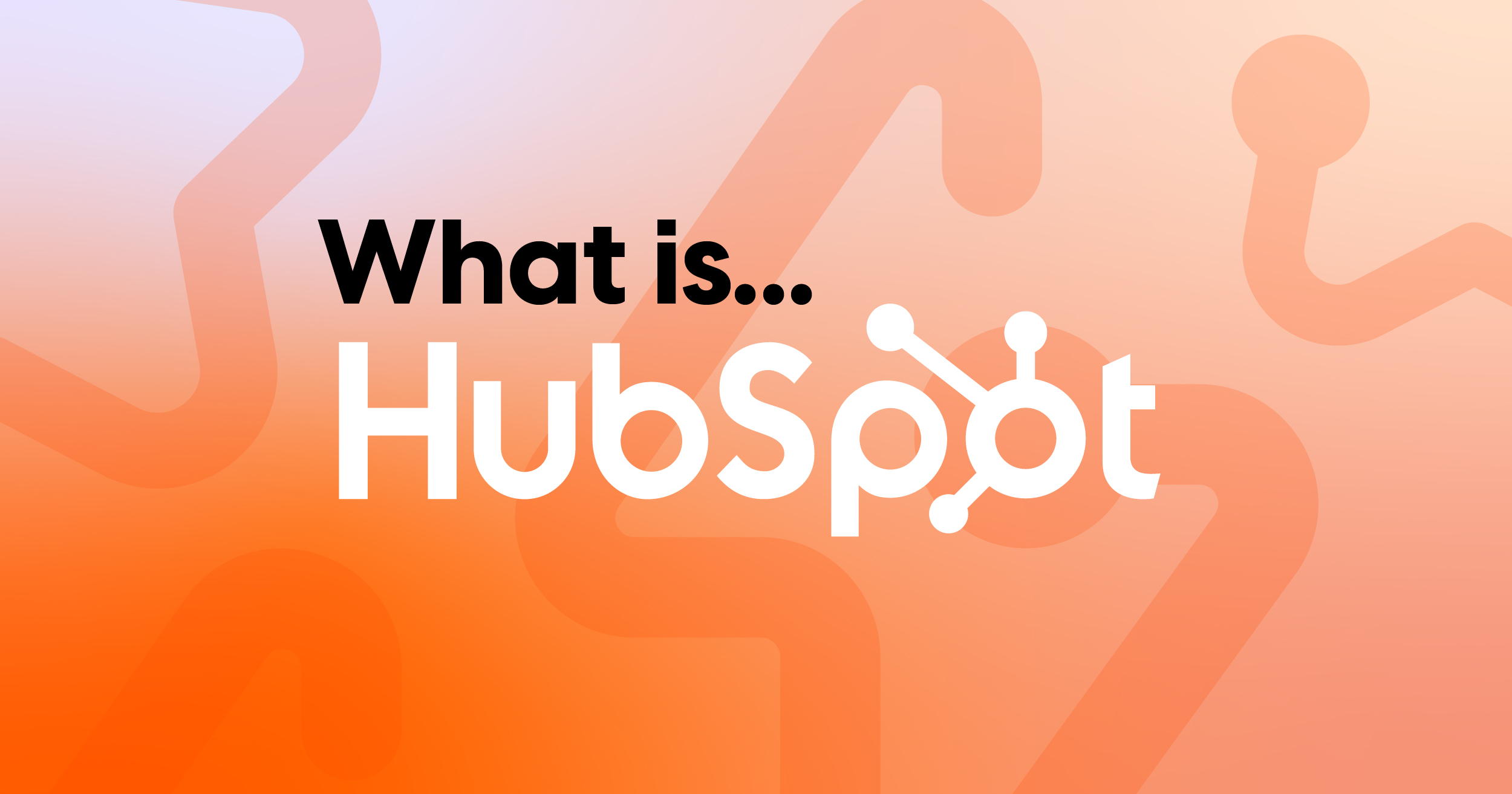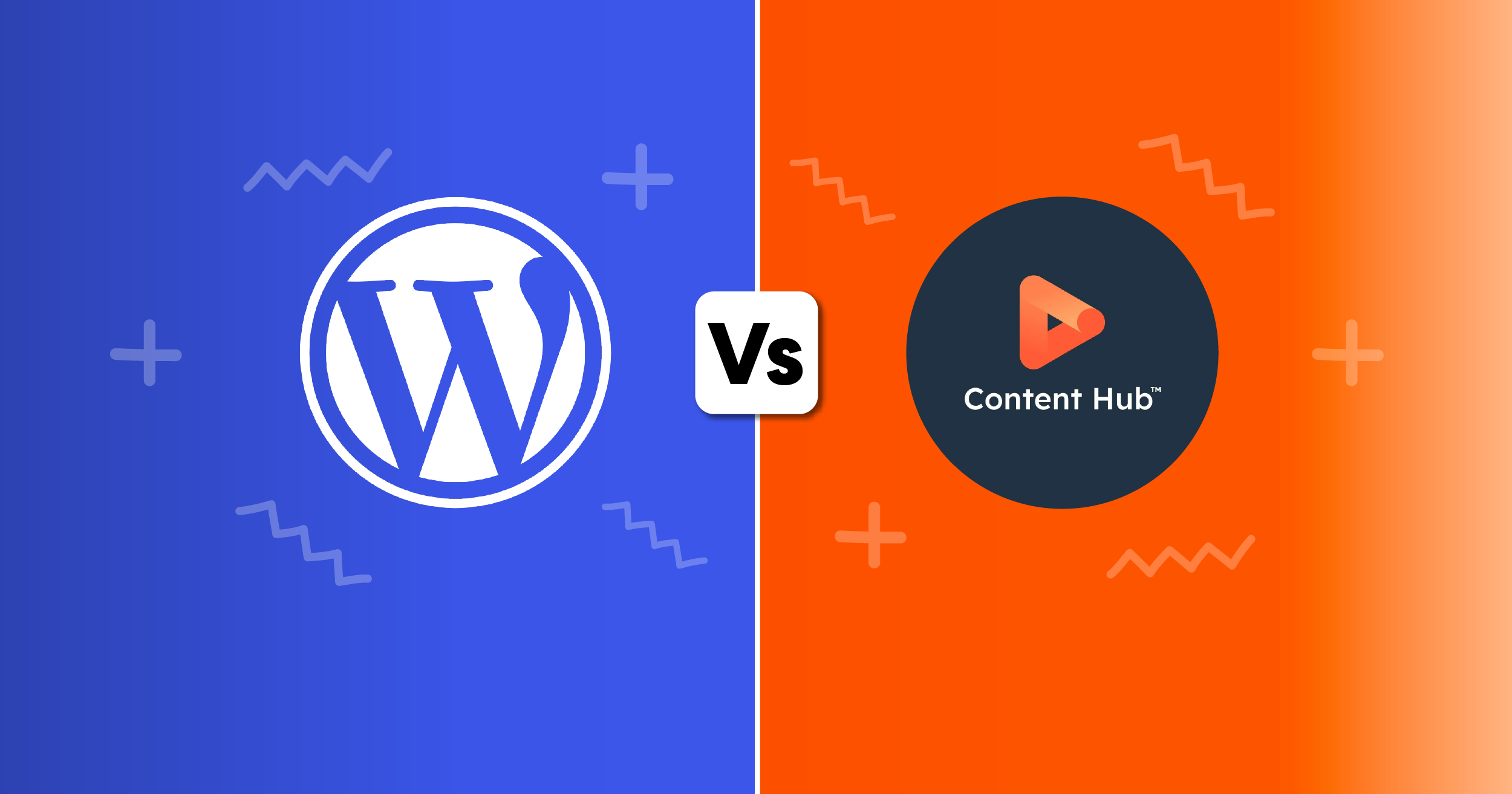
How to integrate Microsoft Business Central with HubSpot CRM
Integrating your ERP system, Microsoft Business Central with HubSpot can significantly enhance your business operations by providing a unified view of your customers and streamlining processes. In this post, we'll give you an overview of the integration and how to install it in your HubSpot CRM.
By implementing a HubSpot
The integration acts as a
Quick Links:
- Overview of the integration process
- Native Integrations available for Microsoft Business Central and HubSpot
- Step-by-Step Guide:
Installing and Connecting HubSpot and Microsoft Business Central - Custom Integrations
"Integrating software is a strategic move that can significantly streamline your business operations. You can eliminate data silos, improve decision making and enhance the customer experience."
"A seamless integration ensures that your marketing and operations and sales teams have access to the most up-to-date information, leading to increased operational efficiency and productivity."

Kye Bessant, our Solutions Architect from Modern Visual
Here's an overview of the integration process:

- Choose your integration method
There are primarily two ways to integrate Microsoft Business Central and HubSpot:
- Native HubSpot Integration: HubSpot offers a built-in integration with Microsoft Dynamics 365, which includes Business Central. This method is suitable for basic data synchronisation.
- Custom Integration: A custom integration might be necessary for more complex requirements or specific data mapping. This involves developing custom code or using integration platforms.
- Identify key data points
Determine the specific data you want to sync between Business Central (BC) and HubSpot. Common data points include:
- Customer details (name, address, contact details)
- Product information (SKUs, descriptions, pricing)
- Sales orders and invoices
- Lead and contact data
- Map data fields
Establish clear mappings between corresponding fields in BC and HubSpot to ensure accurate data transfer.
- Configure data flow
Determine the direction in which the data flows (one-way or two-way) and the frequency of data synchronization.
- Test and refine
Thoroughly test the integration to identify and resolve any issues. Monitor data quality and make necessary adjustments.
- Consider data security
Implement robust security measures to protect sensitive data during the integration process.
Key considerations:
- Data quality: Ensure data consistency and accuracy in both systems before integrating.
- Performance: Optimise the integration for efficient data transfer, especially for large datasets.
- Error handling: Implement mechanisms to handle data discrepancies and errors.
- Maintenance: Regularly review and update the integration to maintain data integrity.
Native Integrations available for Microsoft Business Central and HubSpot
HubSpot offers a native integration with Microsoft Business Central, which includes Business Central. This ERP integration provides a solid foundation for syncing data between the two platforms.

Key features of the native integration:
- Two-way sync: Data can be transferred between HubSpot and Business Central in both directions.
- Default field mappings: Preconfigured mappings for common fields streamline setup.
- Historical syncing: Existing data can be synchronised initially.
- Real-time updates: Changes made in one system are reflected in the other in real-time.
Data Synced Between HubSpot and MS Business Central:
- Customers: Sync customer contact information, including name, address, and email.
- Products: Transfer product details like SKUs, descriptions, and pricing.
- Orders and invoices: Synchronise sales orders and invoice data.
Limitations of the Native Integration
While the native data integration solution provides a solid base, it might not meet the specific needs of all businesses. Some limitations include:
- Limited customisation: Customisation options for data mapping and synchronisation might be restricted.
- Performance issues: For large datasets or high-traffic environments, performance might be impacted.
- Complex workflows: Advanced business processes and workflows might require a more tailored solution.
Installing the native integration for Microsoft Dynamics 365 and HubSpot
While there's a native integration between HubSpot and Microsoft Dynamics 365, which includes Business Central, the process can be complex and might require additional steps or configurations depending on your specific Business Central version and setup.
Step-by-Step Guide:
Connecting HubSpot and Microsoft Dynamics 365
 Image credit: https://hubspot-msbc.cloudify.biz/setupguide
Image credit: https://hubspot-msbc.cloudify.biz/setupguide
- HubSpot Setup:
- Navigate to the
HubSpot App Marketplace . - Log in to your HubSpot account.
- Search for "Microsoft Business Central" in HubSpot’s marketplace and click on it.
- Follow the prompts to connect your Business Central app. This might involve providing your Business Central subdomain and authentication details. You will also need to log in.
- Navigate to the
- Business Central Setup:
- Depending on your Business Central version, you might need to enable a specific web service or API to allow data exchange.
- Choose the company and environment where you want the app to be installed.
- Choose your subscription plan.
- Data Mapping:
- Define how data will be synced between the two platforms. This includes mapping fields like contacts, companies, products, deals and invoices.
- Configure settings for invoices or orders, and follow the prompts.
- Choose customer search rules.
- Sync Configuration:
- Choose the direction of data flow (one-way or two-way) and the frequency of synchronisation.
- Enable primary contact sync.
- Configure which data objects you want to sync. Define your product sync rules.
Additional Considerations:
- Ensure that users have the necessary permissions to access and modify data in both systems.
- Clean and accurate data is crucial for a successful integration.
- Thoroughly test the integration to identify and resolve any issues.
- Implement error-handling mechanisms to address potential problems.
Important to note: These exact steps might vary depending on your HubSpot and Business Central versions, as well as any customisations or specific configurations in your systems. It's highly recommended to consult the official documentation of both platforms or seek assistance from a HubSpot partner for detailed guidance.
Custom Integrations
If your business needs complex integration requirements or needs deeper integration solutions, exploring a custom integration solution or third-party integration platform might be necessary.
Our team specialise in building and managing integrations. We’ll help you implement and determine the best solution for your needs, ensuring your data is managed correctly and optimised for success.
Don't stop now. Keep learning
 What is HubSpot? A Complete Guide for Enterprise Businesses
If you’ve ever felt like your marketing, sales and service tools are scattered across too many...
What is HubSpot? A Complete Guide for Enterprise Businesses
If you’ve ever felt like your marketing, sales and service tools are scattered across too many...
 How to clean data in Excel before Switching CRMs
Excel can be a powerful tool for cleaning data before migrating to a CRM system. Many businesses...
How to clean data in Excel before Switching CRMs
Excel can be a powerful tool for cleaning data before migrating to a CRM system. Many businesses...
 WordPress vs Content Hub (HubSpot)
How to pick the right platform for your business: Both WordPress and Content Hub are powerful...
WordPress vs Content Hub (HubSpot)
How to pick the right platform for your business: Both WordPress and Content Hub are powerful...



